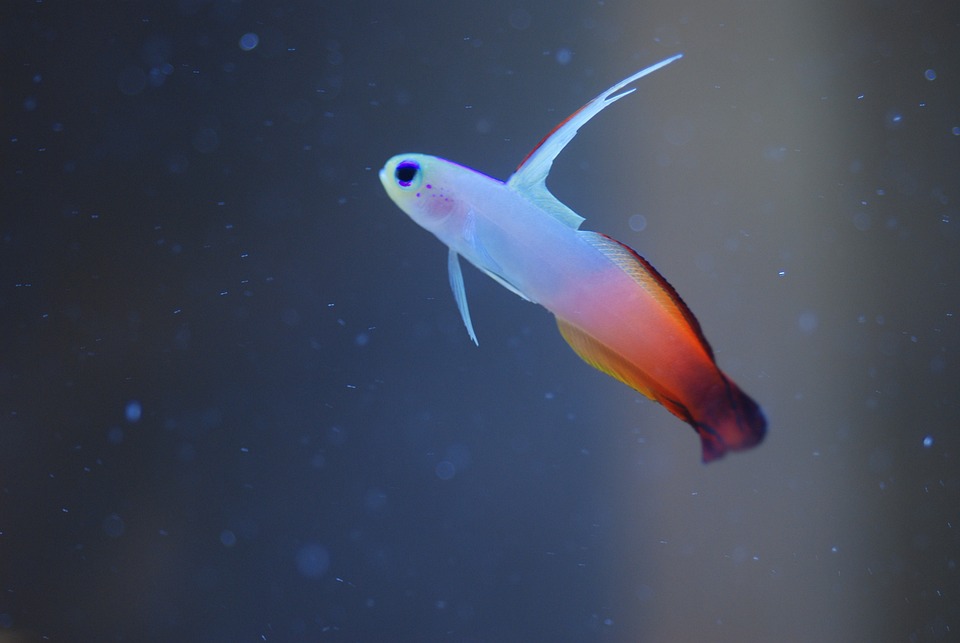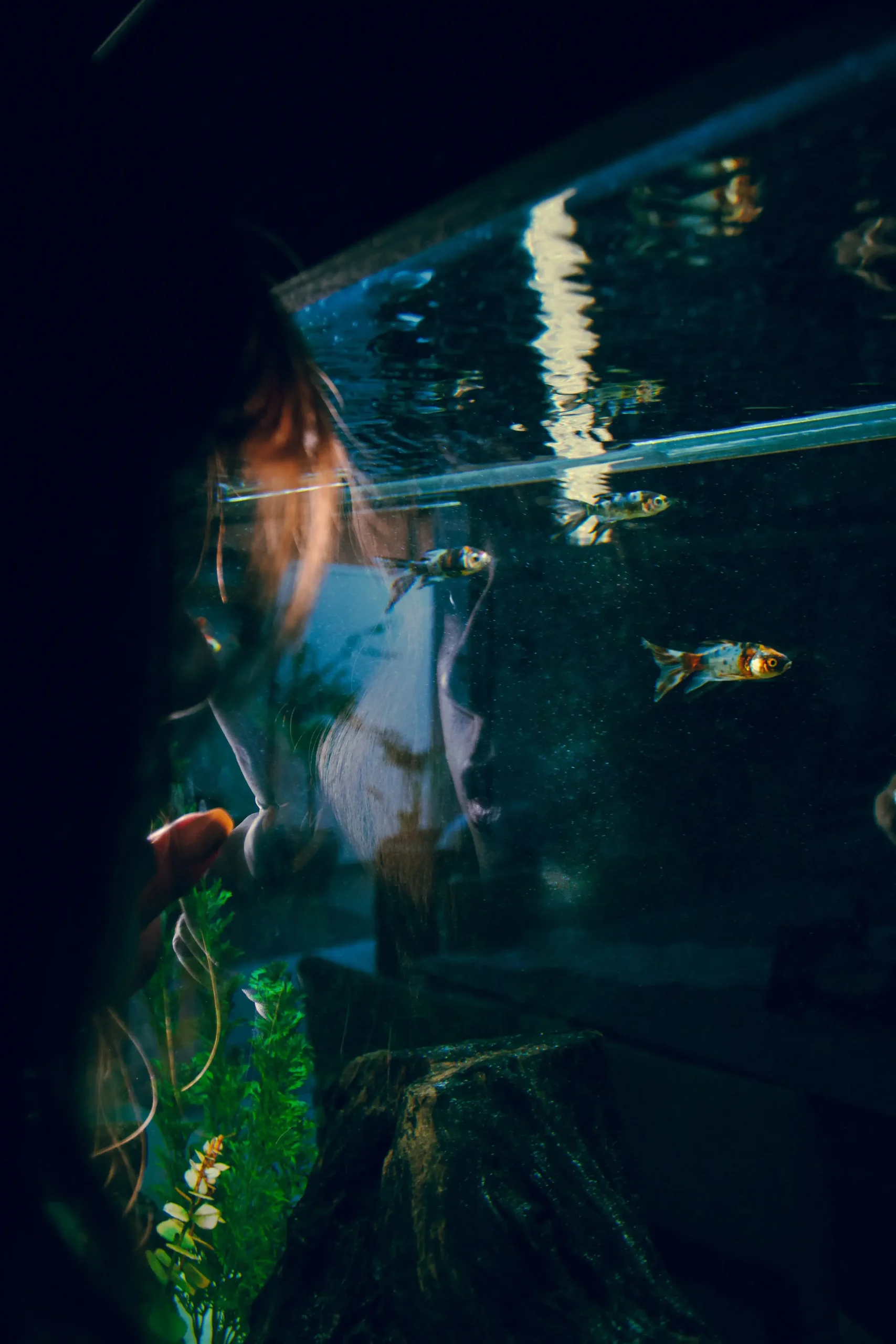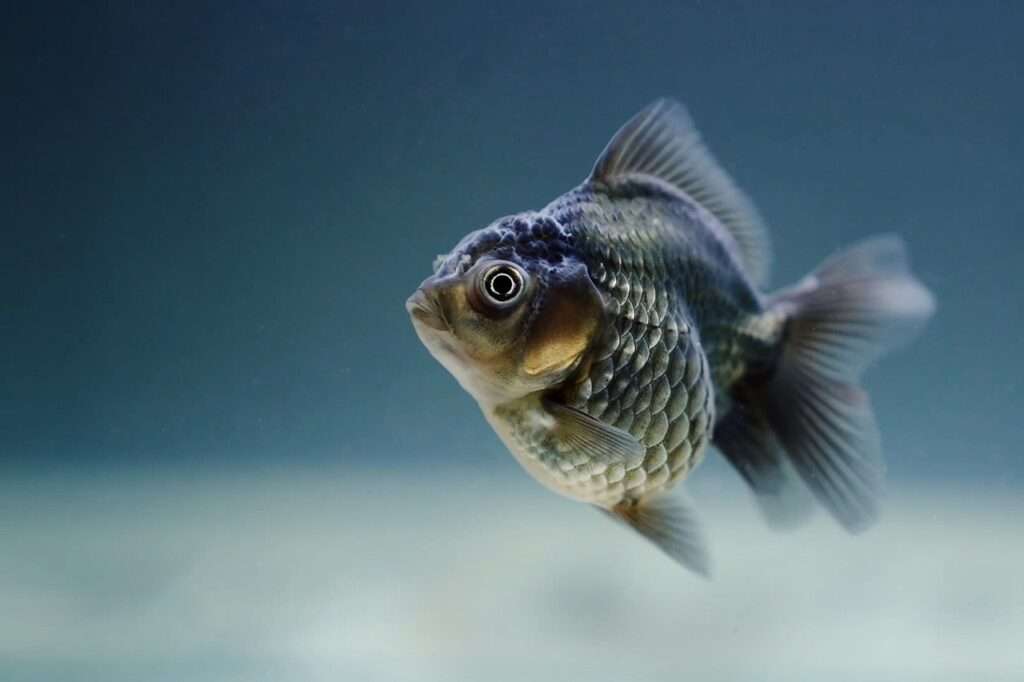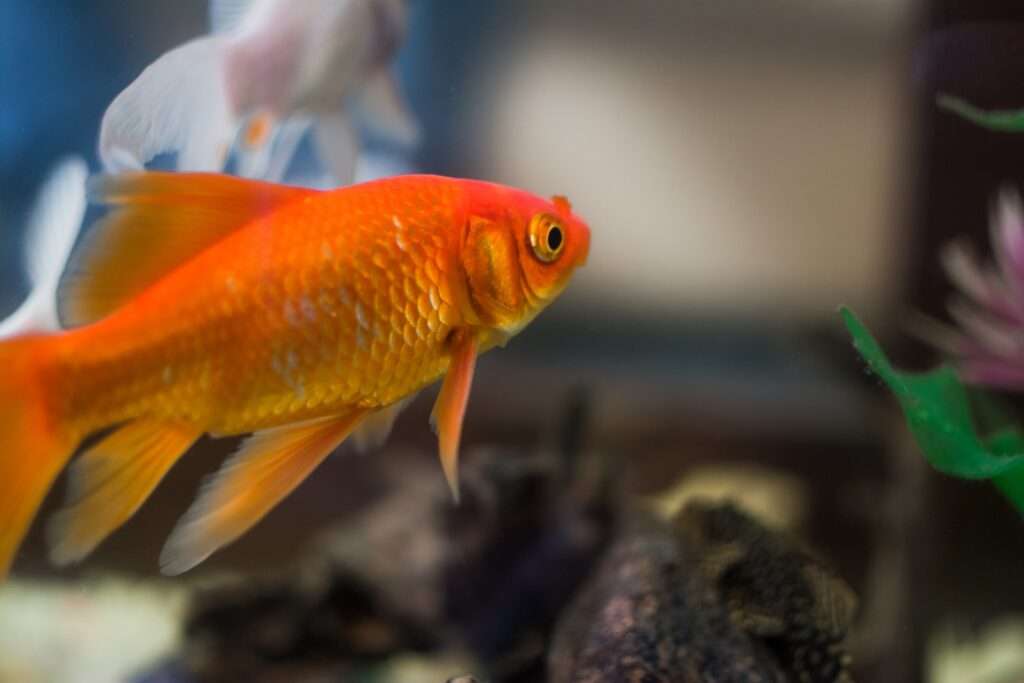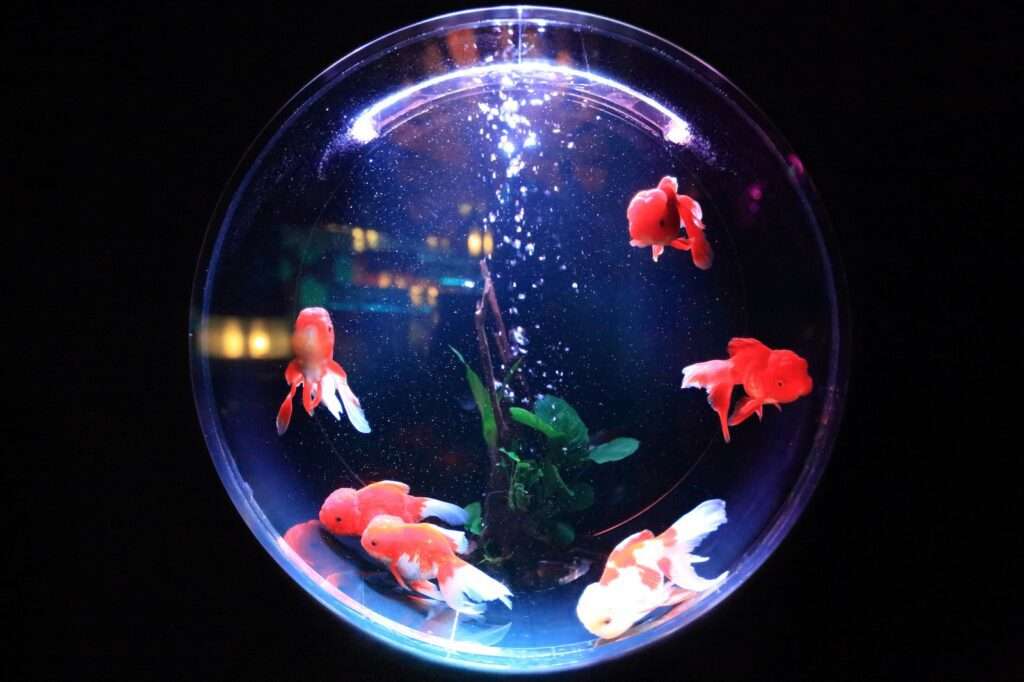Promoting Fish Tank Natural Behavior with Social Dynamics
As an expert in both fish health and SEO, I understand the importance of creating informative content that not only educates but also ranks well in search engines. In this article, we’ll explore how to promote natural behaviors in fish tanks through social dynamics. By understanding the social needs of fish and providing an environment that supports their natural behaviors, you can ensure their overall health and well-being.
Understanding Fish Social Behavior
Before diving into the various ways to promote natural behavior in fish tanks, it’s essential to grasp the basics of fish social behavior. Fish, like many other animals, have social needs that must be met to thrive.
1. Hierarchy and Pecking Order: Many fish species establish a pecking order within their groups, determining dominance and submission. This hierarchy helps maintain balance and minimizes aggression.
2. Schooling and Shoaling: Certain fish species prefer to swim in groups, known as schools or shoals. Swimming together provides safety, improves breeding success, and reduces stress.
3. Territorial Behavior: Some fish are territorial and require space to establish and defend their territory. Providing appropriate hiding spots and boundaries is crucial for their well-being.
4. Species Compatibility: Not all fish species can coexist peacefully. Understanding the compatibility of different species is vital to prevent aggression and stress.
Creating a Socially Enriched Environment
Now that we understand the fundamental social needs of fish, let’s explore how to promote natural behavior in fish tanks. These techniques aim to recreate a natural environment, ensuring the overall well-being of your aquatic pets.
1. Tank Size and Shape: Providing an adequately sized tank is crucial for promoting natural behavior. A larger tank allows fish to establish territories, swim freely, and reduces stress caused by overcrowding.
2. Appropriate Group Sizes: Research the social requirements of the fish species you plan to keep. Some species thrive in larger groups, while others prefer smaller numbers. Ensure you provide the right group size for each species.
3. Hiding Spots and Territories: Incorporate various hiding spots such as caves, plants, or rock formations to mimic natural habitats and establish territories. This allows fish to retreat, reduces stress, and promotes a sense of security.
4. Species Compatibility: Choose fish species that are compatible in terms of temperament, water conditions, and dietary needs. A harmonious tank environment reduces aggression and stress levels.
5. Variety in Tankmates: Introduce a range of fish species with different swimming patterns, colors, and sizes. This diversity stimulates natural curiosity and creates a visually appealing aquarium.
6. Feeding Techniques: Implement feeding techniques that encourage natural foraging behavior. Use food dispensing toys or live foods to keep fish mentally stimulated and engaged.
FAQs
Q1. How do I know if my fish are stressed or unhappy?
Stressed fish may display abnormal behavior such as excessive hiding, loss of appetite, fin clamping, or aggressive behavior. Observe your fish closely and ensure their environment meets their social and physical needs.
Q2. Can I keep just one fish in a tank?
While some fish species can be kept alone, most thrive when kept in groups. Solitary fish may experience loneliness and stress, leading to health issues. Research the social requirements of your specific fish species before making a decision.
Q3. What should I do if my fish show signs of aggression?
If aggression occurs, review the compatibility of your fish species and ensure the tank size and hiding spots are adequate. Adding more hiding spots or separating aggressive fish may help alleviate aggression.
Q4. How often should I feed my fish to promote natural behavior?
Feeding frequency depends on the species. Generally, feeding small amounts multiple times a day mimics their natural foraging behavior. Avoid overfeeding, as it can lead to water pollution and health problems. Follow the recommended feeding guidelines for your specific fish species.
By understanding and catering to the social needs of fish, you can create an environment that promotes natural behavior, reduces stress, and enhances overall fish health. With these tips, your fish tank can become a thriving ecosystem that brings joy and tranquility to both your fish and yourself.

